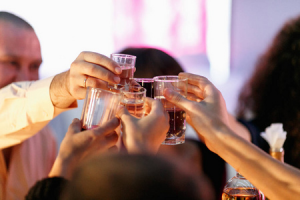
“Drinking” is an internationally recognized carcinogen. The World Health Organization has long listed ethanol as a class 1 carcinogen with conclusive evidence.
But there are always people who are lucky enough to think that it’s okay to drink less, and others have to drink because of socializing…
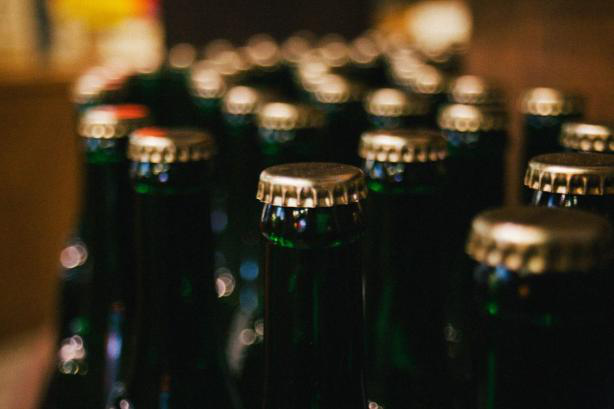
According to the latest research, there are three critical periods in a person’s life when the harm of drinking is maximized.
Drinking in 3 periods is the most harmful
In an article published in the “British Medical Journal” (BMJ), researchers from the University of New South Wales in Australia, the University of Sydney, and King’s College London, UK stated that there may be three periods of brain dynamics in a person’s life. It is particularly sensitive to the neurotoxicity of alcohol: pregnancy (from conception to birth), late adolescence (15-19 years) and old age (65 years and older).
During these sensitive periods, the damage caused by drinking may be maximized.

From fetal development to old age, the human brain has undergone several dynamic changes:
Fetal period is characterized by a large number of neuron production, migration and differentiation, accompanied by a large number of cell apoptosis. Puberty is characterized by synaptic pruning and increased axon myelination. Old age is related to brain atrophy. After 65 years of age, brain atrophy accelerates, mainly caused by the decrease in the number of neurons, dendritic spines and synapses.
Every change in the neural circuit increases the sensitivity to the effects of environmental exposure (such as alcohol).
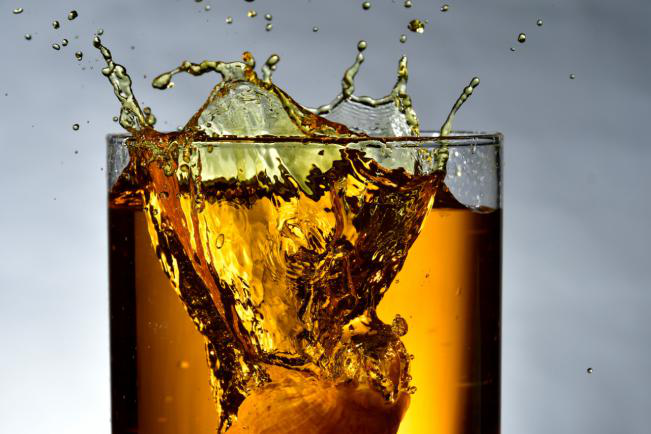
Heavy drinking during pregnancy may cause fetal alcohol spectrum disorders, which are related to extensive reduction in brain volume and cognitive impairment.
Excessive drinking during adolescence is associated with decreased brain volume, dysplasia of white matter, and a series of cognitive deficits.
Among the elderly, alcohol use disorder has proven to be one of the most powerful modifiable risk factors for all types of dementia (especially early-onset dementia). Even moderate drinking can cause a small but significant loss of brain capacity in middle-aged people.
How is alcohol metabolized in the human body
After alcohol enters the human body, it undergoes a complicated metabolic process.
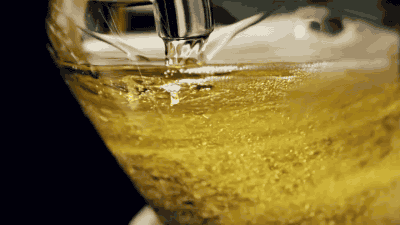
1 into the stomach and small intestine
After alcohol enters the body, about 20% is absorbed in the stomach.
Alcohol in the stomach may have two situations: Fast absorption on an empty stomach,slow absorption when there is food in the stomach; fast absorption when the concentration of alcohol in the stomach is low, and high concentration, the gastric mucosa is destroyed and absorption is slow.
The remaining 80% will enter the small intestine, and excessive alcohol will damage the intestinal mucosa.
2.Into the blood
The alcohol concentration reaches its peak 1 to 1.5 hours after drinking, and then gradually decreases. When the blood alcohol concentration reaches a certain level, you may experience the following reactions:
When it reaches 0.05%, start to get excited;
When it reaches 0.1%, it loses self-control, makes loud noises, speaks vaguely, and walks unsteadily;
When it reaches 0.2%, you get drunk;
When it reaches 0.3%, drunk becomes “a mess”;
At 0.4%, unconsciousness, and even life-threatening
3.Enters various organs with blood
Alcohol that enters the blood will be distributed to various tissues and organs in the body along with the water in the body.
For example, the alcohol has entered the brain within a few minutes of drinking. Therefore, when fasting or fast drinking exceeds the liver’s processing load, the brain will be stimulated by high concentrations of alcohol, making it easier to get drunk.
4.Finally metabolized in the liver
More than 90% of alcohol is metabolized in the liver, and the oxidase in the liver decomposes alcohol into water, carbon dioxide and sugar at a rate of 6 to 7 grams per hour.
Poisoning caused by heavy drinking in a short period of time can cause liver tissue to die due to hypoxia; long-term heavy drinking can cause alcoholic fatty liver, alcoholic hepatitis and alcoholic cirrhosis.
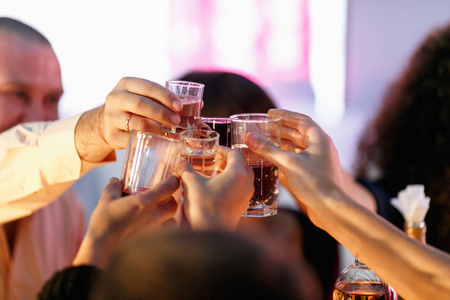
In addition, the damage to the digestive system caused by heavy drinking is also related to cardiovascular and cerebrovascular diseases such as high blood pressure and stroke.
The third edition of the Global Report on Diet, Nutrition, Physical Activity and Cancer Prevention jointly launched by the American Cancer Institute and the World Cancer Research Foundation pointed out that drinking is closely related to 6 types of cancer, including oropharyngeal cancer, esophageal cancer, gastric cancer, and liver cancer , Colorectal cancer, breast cancer. Even a small amount of alcohol or alcoholic beverages can increase the risk of cancer.
Have to drink and do 7 things to save yourself
The internationally renowned medical journal “The Lancet” pointed out that drinking has no “safety value”, as long as it is drunk, it will have a negative effect on health. Therefore, the safest alcohol consumption is 0, and it is recommended not to drink.
If drinking is really unavoidable, the following points are recommended to reduce the harm caused by alcohol.
1.Don’t exceed this dose
The “Chinese Dietary Guidelines” recommends that adult men and women should not consume more than 25 grams and 15 grams of alcohol per day. Converted into various alcohols:
Male: 1000ml beer, 250ml wine, 75g of 38% liquor, 50g of 52% liquor;
Women: 700 ml of beer, 200 ml of wine, 50g of 38% liquor, 30g of 52% liquor. But be aware that this is only a relatively “less dangerous” dose, and there is no “safe value” for drinking.

2.Eat something before drinking
This can reduce the irritation of the stomach wall. Foods to choose from include protein drinks such as milk and soy milk, fruits and vegetables rich in pectin such as apples and pumpkins, and foods rich in starch and B vitamins such as whole wheat bread and multigrain porridge.
3.Choose low alcohol, drink slowly
Under the same amount, the damage of high alcohol to the liver and other organs is greater than that of low alcohol. Drink more slowly, drink with small sips, a strong drink is not only easy to get drunk, and the damage to the stomach and other organs is greater.
4.Don’t mix and drink
Drinking two or more kinds of alcohol together will also show a certain “synergistic effect”, which is more likely to cause dizziness, nausea, vomiting, and other symptoms of poisoning, which is more harmful to the human body.
5.Drink warm liquor and rice wine
During the hot process, organic compounds such as methanol, aldehydes, and ethers will volatilize as the temperature rises. At the same time, ethanol will also volatilize, which reduces the concentration of wine slightly and reduces the damage to the liver.
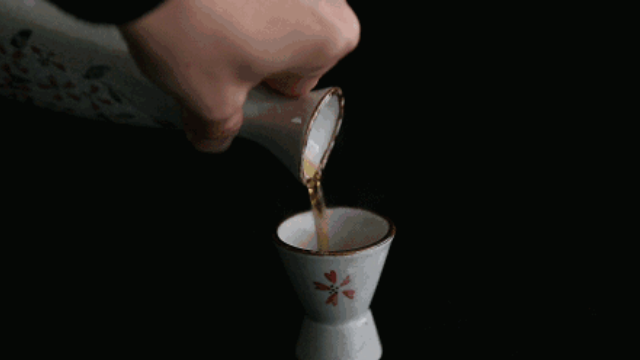
6.Drink plenty of water while drinking
Drinking plenty of boiled water between drinking can accelerate the excretion of alcohol from urine and reduce the burden on the liver.
7.Eat foods that help to cure alcohol
If you accidentally drink too much alcohol and cause headaches, dizziness and other discomforts, you can try to eat some foods that help to cure alcohol, such as eggs, asparagus, tomatoes, bananas, etc.
Comments